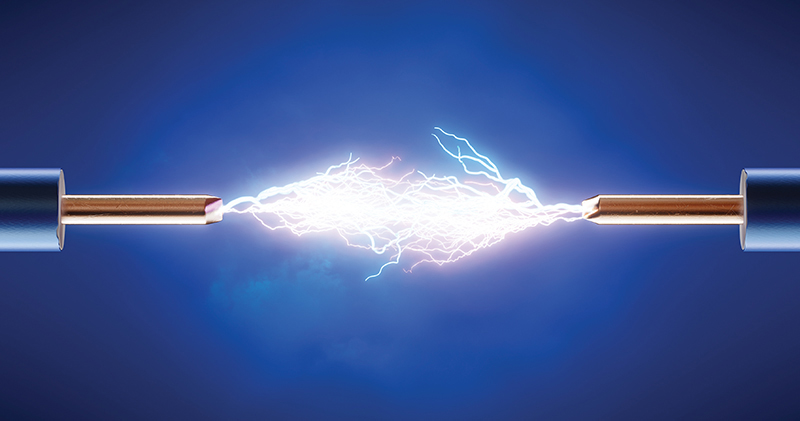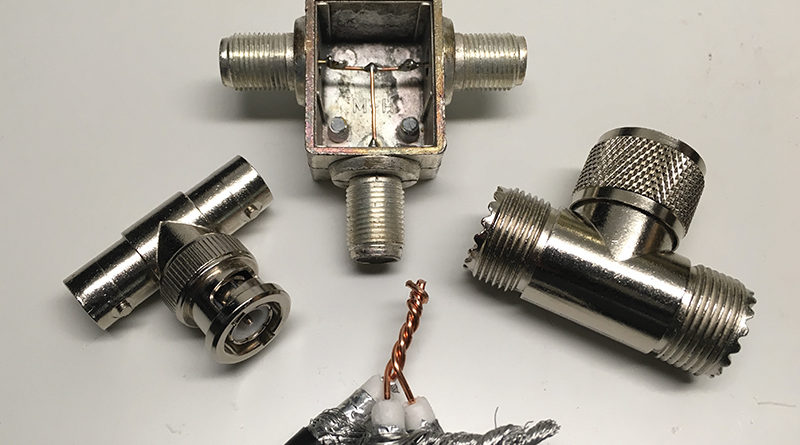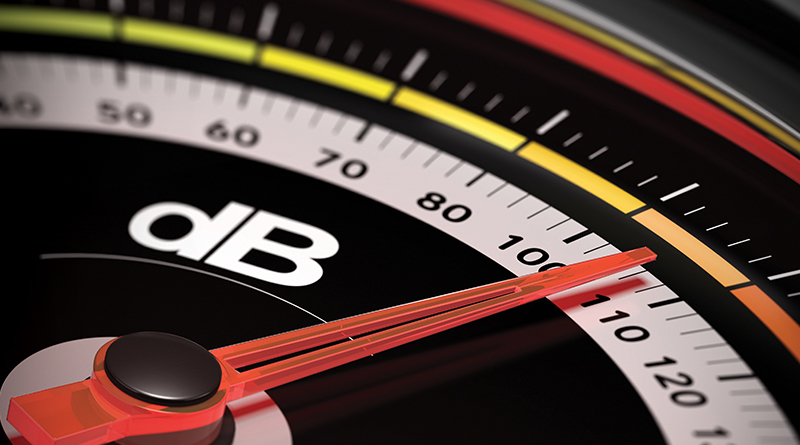Signal Level: The Powers That Be
By Ron Hranac – When we measure the level of an analog TV signal’s visual carrier, we are measuring its peak envelope power. For a legacy SC-QAM signal, we measure the entire haystack’s average power. And for orthogonal frequency division multiplexing (OFDM) signals, we also measure average power.
Read More





